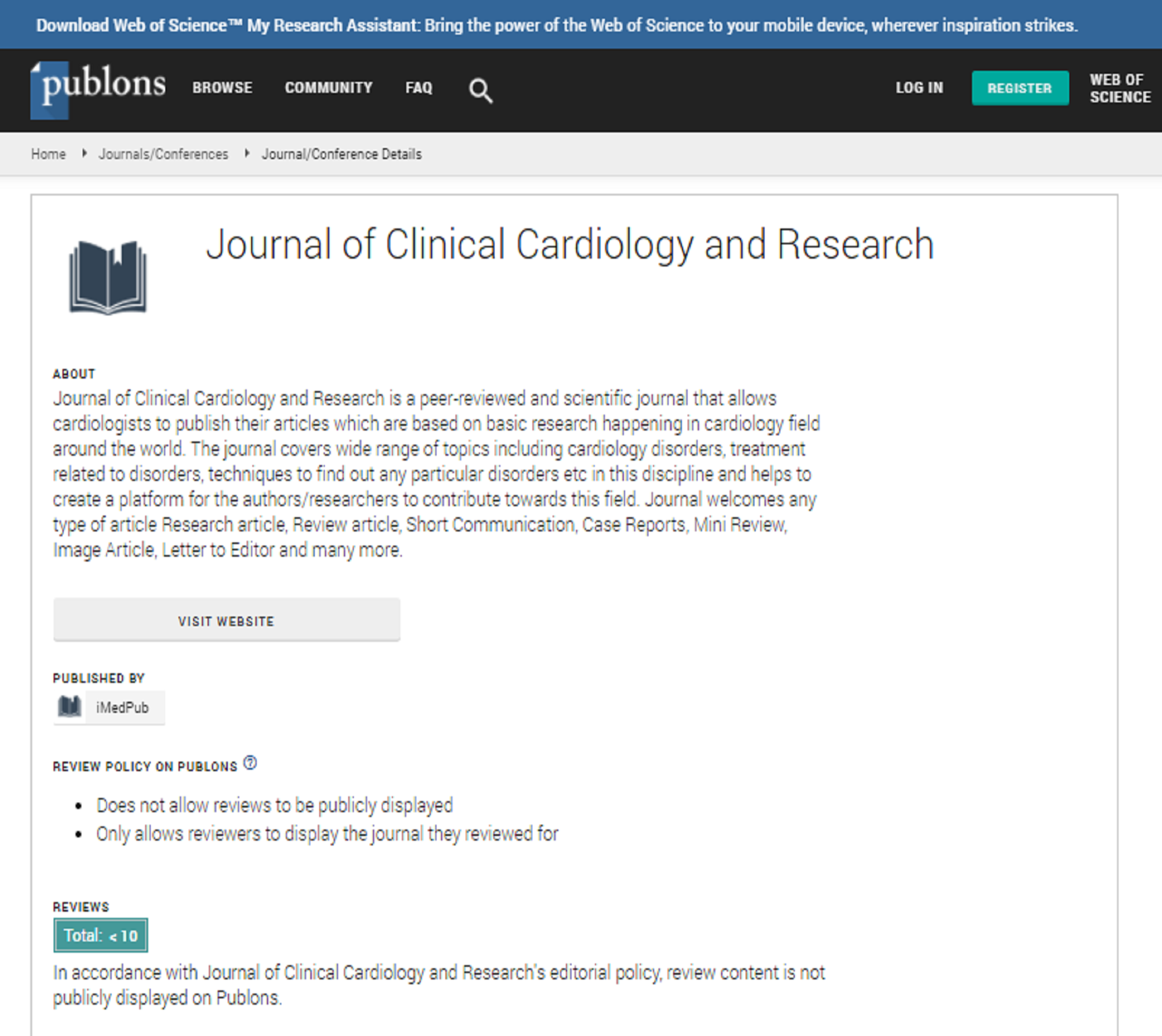Abstract
Living Beyond Expectation: Unrepaired Pulmonary Atresia with Ventricular Septal Defect and Major Aorto-Pulmonary Collateral Arteries in a 34-year old Filipino Female, A Case Report
Pulmonary atresia with ventricular septal defect is a congenital anomaly wherein there is no communication between the right ventricle and the lungs. A ventricular septal defect allows outflow of blood into an overriding aorta. The development of major aorto-pulmonary collateral arteries that connect the aorta to the pulmonary circulation allows for survival. This anomaly has a reported incidence of 0.07 per 1,000 live births. Most patients die at an early age due to congestive heart failure or pulmonary circulation overload. Without surgical repair, mortality rate is as high as 50% die by age 1 and 90% die by age 10. Unrepaired adult survivors are rare and seldom reported. We present a case of a 34-year-old Filipino female with pulmonary atresia with ventricular septal defect diagnosed in infancy. The main pulmonary artery and the right and left pulmonary artery branches are completely absent in this patient. She continues to live through adulthood without surgical repair. The presence of well-developed aorto-pulmonary collateral arteries allows for adequate but excessive pulmonary blood flow. Our patient’s favorable course may be attributed to a partial stenosis in the collateral artery serving the left lung which impedes systemic pressures from reaching the lung. The delicate balance achieved by her unique anatomy might have contributed to her longevity, with pulmonary pressure being neither too high nor too low. A finding of a right-sided aorta, and abnormal branching of the aortic arch is also seen in this patient. To date, she remains functional with NYHA class I-II From a midline approach, all collaterals are extensively dissected, translocated in front of the oesophagus and/or the trachea, when required, and directly anastomosed to each other or to the native pulmonary arteries, whenever present, without interposition of prosthetic material. The need for concomitant VSD closure is assessed intraoperatively with a pulmonary flow study according to a standardized protocol. Pulmonary blood supply is established by valved conduit interposition in all patients, regardless of the suitability for VSD closure. Palliation with systemic- pulmonary shunt is reserved for selected cases. Between 1994 and 2015, 94 patients with a median age of 1.09 years (range 0.03-19) underwent single-stage unifocalization at our institution. In 78 (82.1%) of them, an intraoperative pulmonary flow study was utilized to assess acceptability for concomitant VSD closure, which was accomplished in 69 cases (73%). Intraoperatively, following VSD closure, the mean right ventricle-to-aortic pressure ratio was 0.49 ± 0.14. The overall mortality rate was 11.2% (n = 10), with an 82% survival at 12.5 years. At a median follow-up interval of 5.8 years, the right ventricle-to-aortic pressure ratio did not differ significantly from the early postoperative phase. The surgical results of primary repair of PA with VSD and major aortopulmonary collaterals based on single-stage unifocalization and an intraoperative pulmonary flow study are satisfactory and durable, despite the need for repeated percutaneous or surgical reinterventions. Major aortopulmonary collaterals unifocalization; Pulmonary atresia; Pulmonary flow study.
Author(s): Marija Micah Yap Lim
Abstract | PDF
Share This Article
Google Scholar citation report
Journal of Clinical Cardiology and Research peer review process verified at publons
Abstracted/Indexed in
- Google Scholar
- Publons
Open Access Journals
- Aquaculture & Veterinary Science
- Chemistry & Chemical Sciences
- Clinical Sciences
- Engineering
- General Science
- Genetics & Molecular Biology
- Health Care & Nursing
- Immunology & Microbiology
- Materials Science
- Mathematics & Physics
- Medical Sciences
- Neurology & Psychiatry
- Oncology & Cancer Science
- Pharmaceutical Sciences

